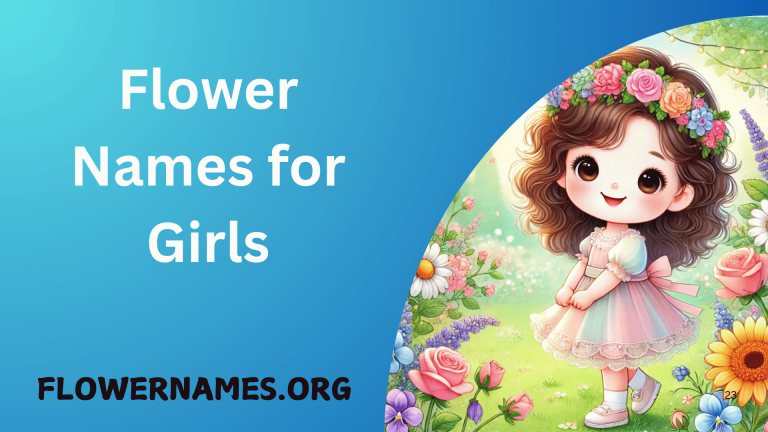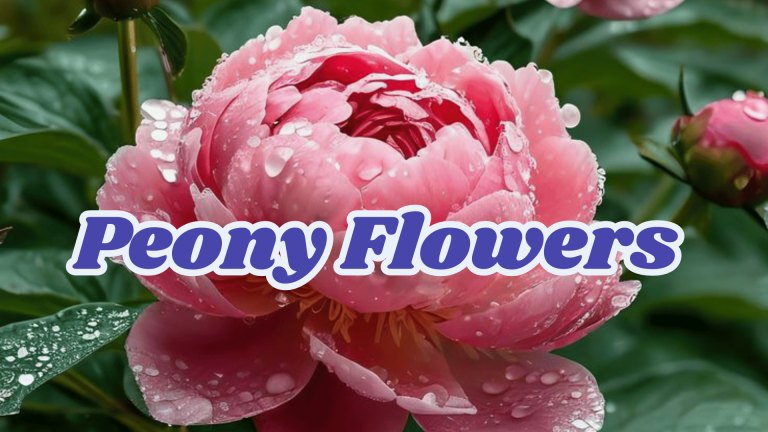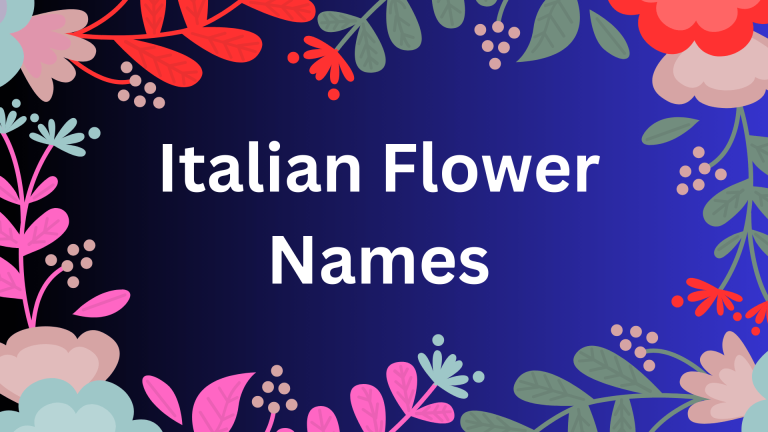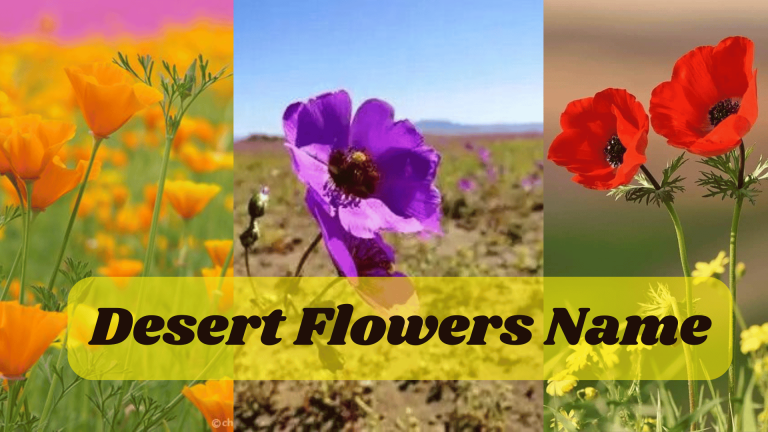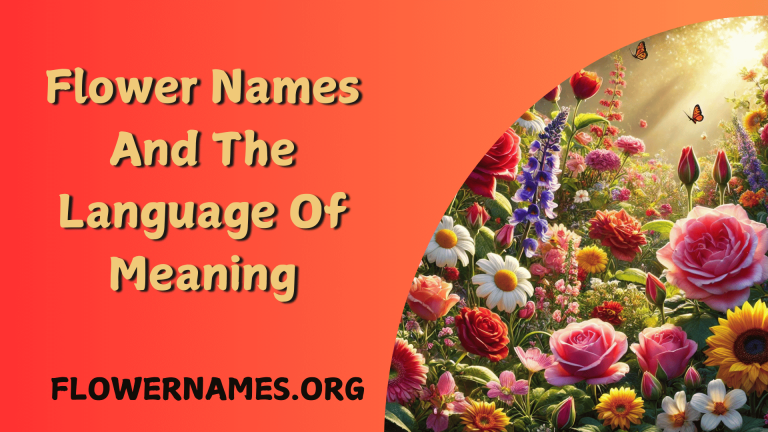10 Medicinal Flowers Names With Their Healing Properties
Traditional as well as contemporary medicine utilizes flowers beyond decorative use because these plants contain strong active properties that deliver medicinal benefits. Flowers from these plants provide two types of treatment structure: mild remediation for cold symptoms and digestive complaints and more advanced advantages for mental wellness and relaxation features. The herbal remedy system predominantly depends upon flowers to provide treatment therefore their value is equivalent to their weight in use.
The following text examines significant medicinal flowers together with their health benefits for various purposes.
1. Chamomile (Scientific Name: Matricaria recutita)
Description
The small flower known as chamomile looks like a white-petaled daisy which has a yellow core. As a member of the Asteraceae family Chamomile naturally grows across Europe and Western Asia although farmers cultivate it in various regions throughout the planet.

Benefits of Medicinal
The therapeutic compound in Chamomile offers two benefits for relaxation and reduction of inflammation in the body. The plant contains antioxidants including apigenin that aids relaxation and presents anti-anxiety benefits. The plant has applications in treating disorders of the digestive system as well as insomnia and skin problems.
Uses
- People widely drink chamomile tea as a natural remedy for stress management and sleep promotion.
- Natural relief from irritation becomes possible with the application of oil using Chamomile extracts to the skin.
- The process of breathing in chamomile steam provides relief for breathing problems.
2. Lavender ( Scientific Name: Lavandula angustifolia)
Description
Lavender exists as a scented purple flower which belongs to the plant family Lamiaceae (mint). Native to the Mediterranean region Lavender grows all around the world because of its essential oil and medicinal properties.
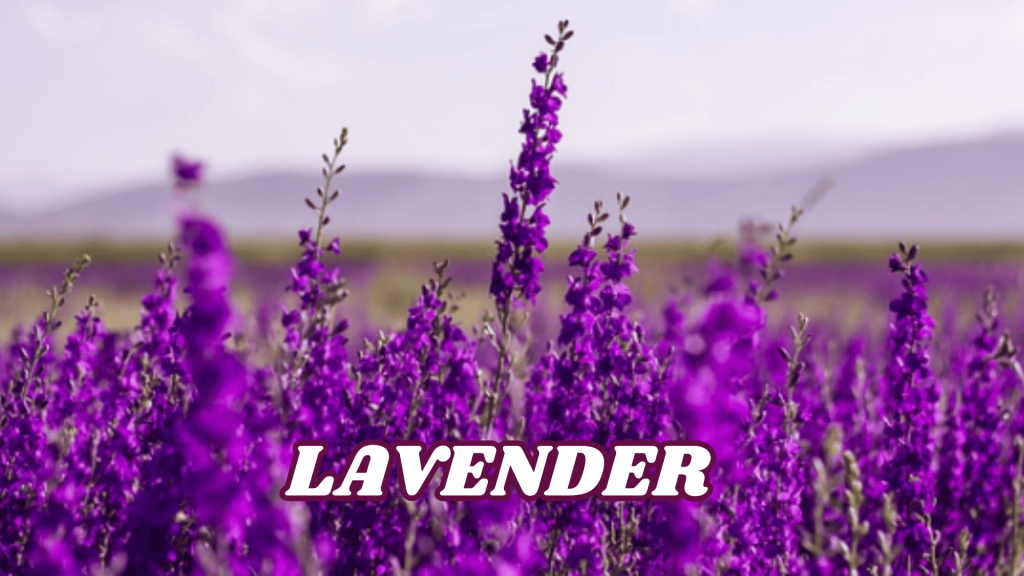
Benefits of Medicinal
The plant extract Lavender provides calming effects as well as antiseptic and anti-inflammatory properties. The therapeutic use of lavender extends to medical management of anxiety as well as insomnia and headaches. Aromatherapists frequently apply its essential oil in their practices.
Uses
- Consuming lavender tea serves to minimize both stress-related symptoms and anxiety symptoms.
- The application of lavender oil serves two functions in medical treatment which includes massage therapy and sleep enhancement.
- Seldom-used lavender-infused water in baths functions as a remedy for both body muscle strains and skin rashes.
3. Red Roses (Scientific Name: Rosa spp.)
Description
Roses gain fame for their lovely expressions as well as their pleasant aromas. Within the Rosaceae family exists a wide range of roses that have distinctive characteristics according to their different colors.

Benefits of Medicinal
The antioxidant content in roses includes vitamin C that strengthens the immune system. Rose water together with rose petals contains anti-aging characteristics and anti-inflammatory properties.
Uses
- People consume rose tea both for better digestion and menstrual cramp relief.
- The skin receives natural hydration and soothing effects through the use of rose water as a natural toner.
- The aromatic use of Rose essential oil provides two benefits through aromatherapy – relaxation and emotional balance.
4. Calendula (Scientific Name: Calendula officinalis)
Description
Calendula represents the Asteraceae group of flowers that exist in yellow and orange flower variations. People have used Calendula for medicinal purposes in traditional medicine since the beginning of centuries.

Benefits of Medicinal
The botanical possession of Calendula functions both as an anti-inflammatory substance and antimicrobial agent and beneficial to wound healing processes. Cosmetic products containing calendula function as a treatment for skin abrasions and burn scars as well as rashes.
Uses
The consumption of Calendula tea eases digestive impairments as well as alleviates menstrual discomfort.
People use Calendula-infused oil as a medicinal treatment for both eczema and acne of the skin.
Wound healing and insect bite alleviation happen when a person uses Calendula ointments.
5. Hibiscus (Scientific Name: Hibiscus sabdariffa)
Description
Hibiscus develops as a tropical flower which produces substantial petals that appear in red and pink and yellow colors. Farming of this plant takes place commonly in hot regions where people utilize it as a medicine and a food ingredient.
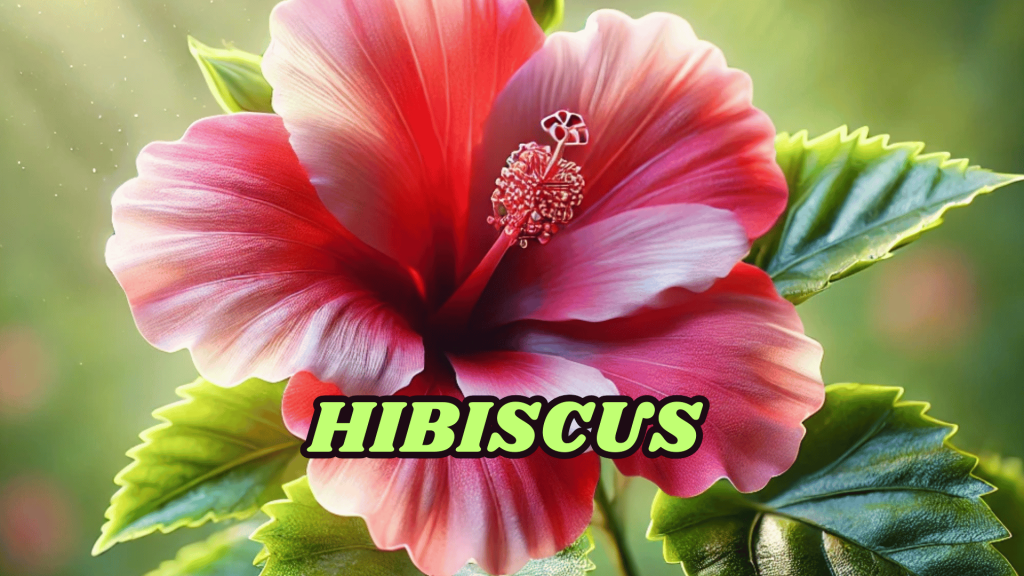
Benefits of Medicinal
Vitamin C along with antioxidants that exist in Hibiscus help support heart health and blood pressure regulation and strengthen the immune system.
Uses
- The consumption of Hibiscus tea leads to decreased blood pressure while simultaneously lowering cholesterol levels.
- Skincare products use Hibiscus extracts because they show benefits for delaying skin aging.
- The application of Hibiscus extracts in scalp formulas provides beneficial strength and nourishment for hair.
6. Jasmine (Scientific Name: Jasminum)
Description
Jasmine a part of Oleaceae family jasmine grows either white or yellow yet fragrant flowers. The substance exists in large quantities for perfumery products since it also appears in teas as well as traditional medical treatments.
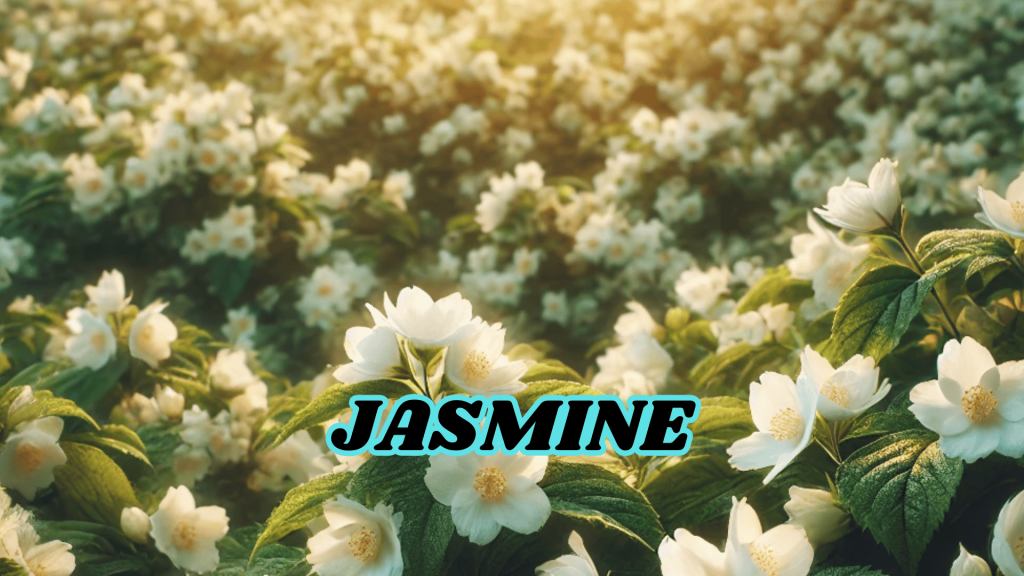
Benefits of Medicinal
Scientific research shows that jasmine possesses soothing properties which also boost mood function. Medicinal jasmine provides benefits which include anxiety relief together with better sleep quality and enhanced digestive functions.
Uses
- People drink Jasmine tea to achieve both relaxation along with mental clarity.
- People utilize jasmine essential oil in aromatherapy applications to achieve emotional wellness.
- Restorative skin moisturization along with nourishment happens through jasmine-infused oils.
7. Echinacea (Scientific Name: Echinacea purpurea)
Description
Echinacea belongs to the Asteraceae family as the purple coneflower which is a native North American plant. Medical practitioners use Echinacea extensively for its herbal applications.
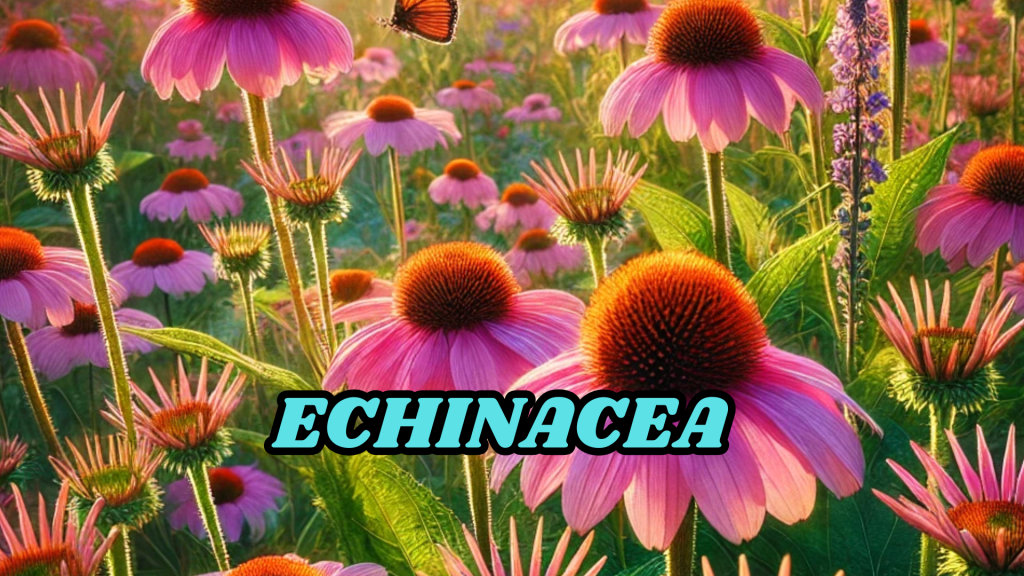
Benefits of Medicinal
People commonly use Echinacea as a natural immune system enhancer. The herbal plant fights infections along with colds and flu while providing relief through anti-inflammatory benefits.
Uses
- People use Echinacea tea both to strengthen their immune system and to stop colds from developing.
- People use Echinacea tincture for treating respiratory infections.
- Echinacea creams serve as a useful treatment for managing the skin conditions psoriasis and eczema.
8. Passionflower (Scientific Name: Passiflora incarnata)
Description
The plant growth form of passionflower displays a climbing vine which produces complex purple blue and white flowers. The Passifloraceae family includes this plant which naturally occurred in the American continent.

Benefits of Medicinal
The calming properties of Passionflower qualify the plant for treatment of anxiety and insomnia while providing stress relief.
Uses
- Drinking Passionflower tea enables people to relax while improving their sleep quality.
- Natural sleep aid products contain extract from the passionflower plant.
- Using passionflower supplements supports patients affected by anxiety disorders.
9. St. John’s Wort (Scientific Name: Hypericum perforatum)
Description
Within the Hypericaceae family exists the yellow-flowered plant St. John’s Wort. Medical practitioners have employed this yellow blossomed plant as a treatment approach for multiple centuries in Europe.

Benefits of Medicinal
Medical experts mainly classify St. John’s Wort for its antidepressant effects. St. John’s Wort acts as a mood stabilizer which simultaneously decreases anxiety levels while developing the nervous system.
Uses
- People use St. John’s Wort tea because it helps treat mild depression and stress.
- St. John’s Wort oil functions as a topical treatment for wound recovery processes.
- People utilize St. John’s Wort supplements to manage their mood disorders.
10. Dandelion (Scientific Name: Taraxacum officinale)
Description
Yellow blossoms which make up Dandelion belong to the family Asteraceae. People commonly label this plant as a garden nuisance yet it contains multiple useful healing properties.

Benefits of Medicinal
Natural detoxification functions of dandelion help maintain proper liver and kidney operation. This plant contains plenty of vitamins along with essential mineral content.
Uses
- People use dandelion tea as a digestive and liver cleansing agent.
- The extracts from dandelion root serve to regulate blood sugar levels.
- People use dandelion-infused oils for hydrating their skin and reducing inflammation.
Conclusion
Medicinal flowers have functioned since centuries as therapeutic agents for healthcare purposes. People use various parts of medicinal flowers both in natural teas and therapeutic oils and topical skin treatments to obtain holistic healing benefits from their own bodies.
Contact a healthcare professional before starting medicinal flower use particularly when dealing with medical conditions or under medication treatment.

